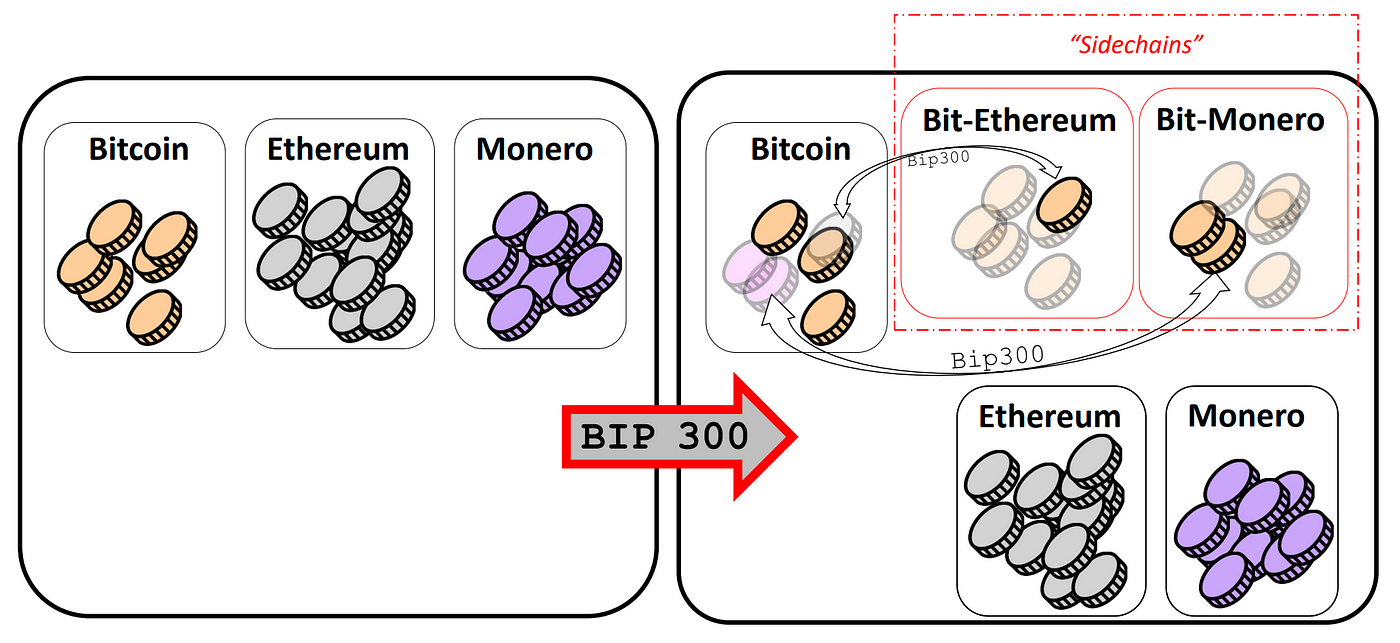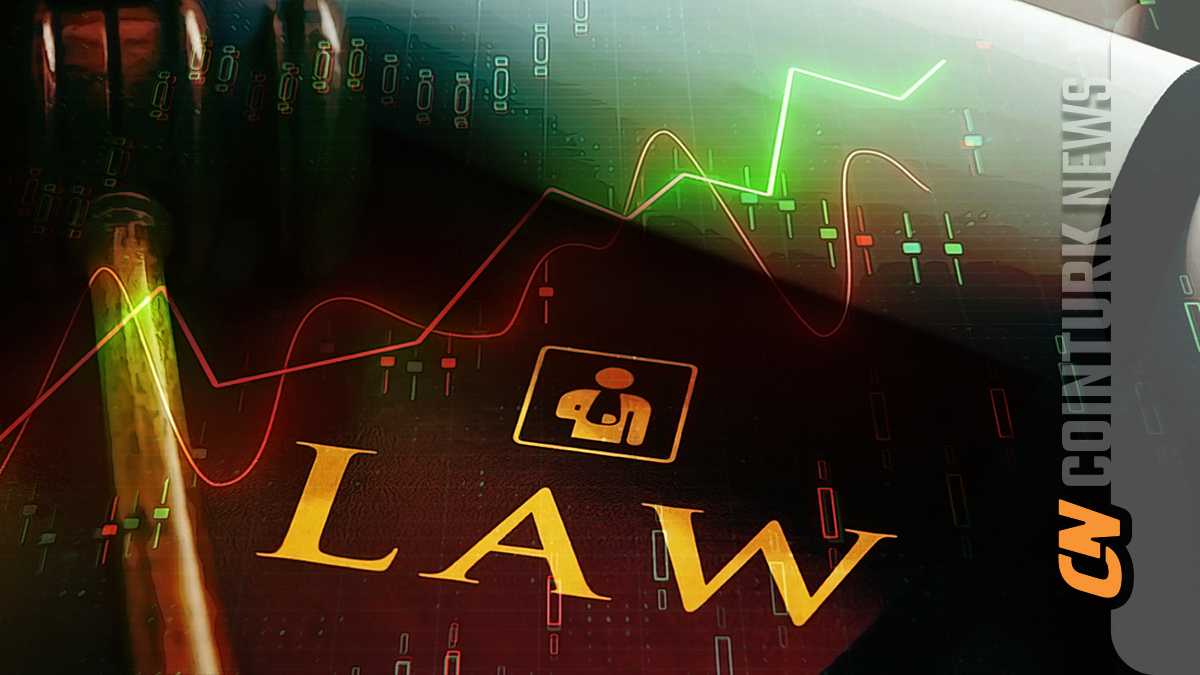Bitcoin Drivechain advocate Paul Sztorc believes that with Bitcoin’s increasing adoption rate, the ecosystem infrastructure will require more scalability and functionality. Sztorc discussed the pros and cons of launching Bitcoin exchange-traded funds (ETFs) in the United States and the long-term effects of institutional funds flooding into the ecosystem.
ETF Process and the Bitcoin Ecosystem
LayerTwo Labs co-founder describes Bitcoin ETF products as an inevitable outcome of the era, emphasizing that the clientele for Bitcoin-backed investment products is different from daily individual investors and staunch Bitcoin investors:
“ETF products are inherently custodial; they are tied to the government and state reporting apparatus. Moreover, a person relying on an ETF product is unlikely to self-custody Bitcoin.”
Sztorc acknowledges that the excitement surrounding Bitcoin ETF products could serve as an entry point for investors and individuals who are not yet knowledgeable about Bitcoin. However, focusing on their effects could lead to excessive interest in value over Bitcoin’s fundamental metrics and performance.

Striking Statements from a Prominent Figure
As major events like the approval of Bitcoin ETF applications trigger increased adoption, the Bitcoin ecosystem may face higher transaction volumes. Referring to a statement by Satoshi Nakamoto, Sztorc underlines this point:
“Satoshi Nakamoto said that in 20 years there would be either high transaction volume or none at all. There’s no scenario where a billion people use another blockchain protocol and Bitcoin survives.”
Although the Lightning Network is effective in facilitating low-fee, high-efficiency transactions for the Bitcoin network, Sztorc argues that the ecosystem needs additional functionality to combat current threats arising from altcoin competition and the advantages of hard forks:
“What we need is BIP-300, it’s about having competition. Different software developers will compete and solve the last piece that people miss. While Layer-2 protocols allow people to play the game they want, Bitcoin users who choose not to participate in these protocols never have to care about what a Layer-2 protocol does.”

 Türkçe
Türkçe Español
Español









